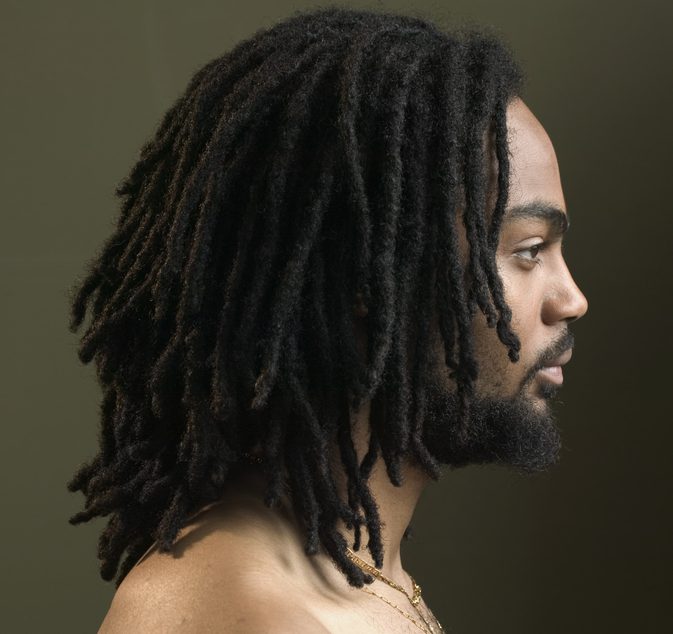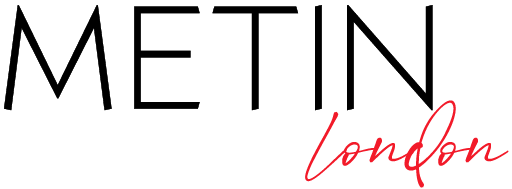
Have you ever wondered where dreadlocks originally come from? Well, your confusion will now come to a swift end with our short introduction into the history of dreadlocks.
Definition
Dreadlocks are often seen as closely connected to reggae culture or even being a symbol of reggae itself. Apart from a few clichés, most people don’t really know what dreadlocks are or what they can signify. In this article we hope to introduce you to a few aspects of dreadlocks and enable you to share in on our enjoyment of this unique hairstyle. Let’s start at the beginning: Dreadlocks as a term is actually put together by two words – dread and locks. Even though dreads have been around for a long time, it’s quite likely that the term dreadlocks first came up in connection with the religious Rastafari movement. For the Rastafari, this hairstyle is an important religious symbol and connects the wearer with their God Jah, representing deep respect for the deity. Due to British colonialization, the language of the Rastafari was deeply influenced by the English language and overtime the term dreadlocks was coined.

So what exactly are dreadlocks?
What do we mean when we talk about dreadlocks? The term is usually mixed into a combination with other terms like Rastas with dreads, dreads with braids and so on and so forth. However, dreadlocks ultimately still just means felted hair. Rastas and braids on the other hand are actually braided hairstyles whilst locks need months of work and felting before they are finished. The traditional approach is to simply let the hair grow out, not combing it over many months and allowing the felting to happen naturally. When done professionally, the dread stylist actually only lays the groundwork for the locks which will then still need a while to felt properly until a lock is completely felted and finished.
Negative connotations
Who hasn’t been on the receiving end of sometimes weird, other times simply ridiculous questions in the sound of ‘Can you even wash those?’ or ‘Aren’t you scared that at some point they will simply moulder?’… Interestingly enough the original term ‘dreadlocks’ actually used to come with a prefix: Natty, which means clean or neat. This shows that locks weren’t always associated with dirt and filth. The reason for this change of perception might actually be found once again in the Rastafari movement who consciously used the hairstyle to fight against enforcement of British hairstyles in colonial times.
Origins
It’s quite unlikely that there’s any historic record to be found of the very first dreadlocks. However, it can be assumed that prehistoric humans didn’t have combs – or maybe that using combs wouldn’t be one of their highest priorities. Seeing as how many hair types naturally start to felt after a certain amount of time, it’s quite likely that natural dreadlocks are actually one of the oldest hairstyles in human history. The first known records connect the hairstyle to spiritual and religious traditions. No matter if in stories that lived through the centuries or in religious writings, dreadlocks can be found all over the world and often played an important role in religion.

Dreadlocks in world history
When looking closer at the history of dreadlocks, it is actually quite obvious that even though the Rastafari are most known for this hairstyle, dreads have actually been around much longer. In the time of European aristocracy we might actually find one of the only examples where dreadlocks weren’t entirely a free choice. King Christian IV., who ruled Denmark and Norway, developed a polish plait which is actually an accidental felting of the hair. This caused the aristocrats around him to also start wearing something akin to a polish plait in order to please their king. However, the biggest focus can be put on the religious connection of dreadlocks:
The aztecs
For the Aztecs the locks were an important symbol for your high stand in society. Whoever joined the priests got all of his hair cut off and then was never allowed to cut his hair again. Traditionally the hair and the entire body of a priest were covered soot. Once the hair started to moulder, the mouldering signified the importance and power of a priest: The more mouldering, the better. If a priest was deemed unworthy, his dreadlocks would be cut off in a public ritual of desecration.
The rastafari
For the Rastafari movement, dreadlocks to this day remain an important religious symbol and they tend to make references to the many mentions of the hairstyle in the Bible.
Dreadlocks in Egypt
One of the oldest known examples of a deadhead is probably the Egyptian pharaoh Tutankhamun who is rumored to have worn dreadlocks during his time. Both on his mummy and in illustrations his dreadlocks can be found.
Dreadlocks and the Bible
Even the Bible mentions dreadlocks – and by that we mean that they mention them a lot. Connections can be found with Moses, Samson and John the Baptist.

